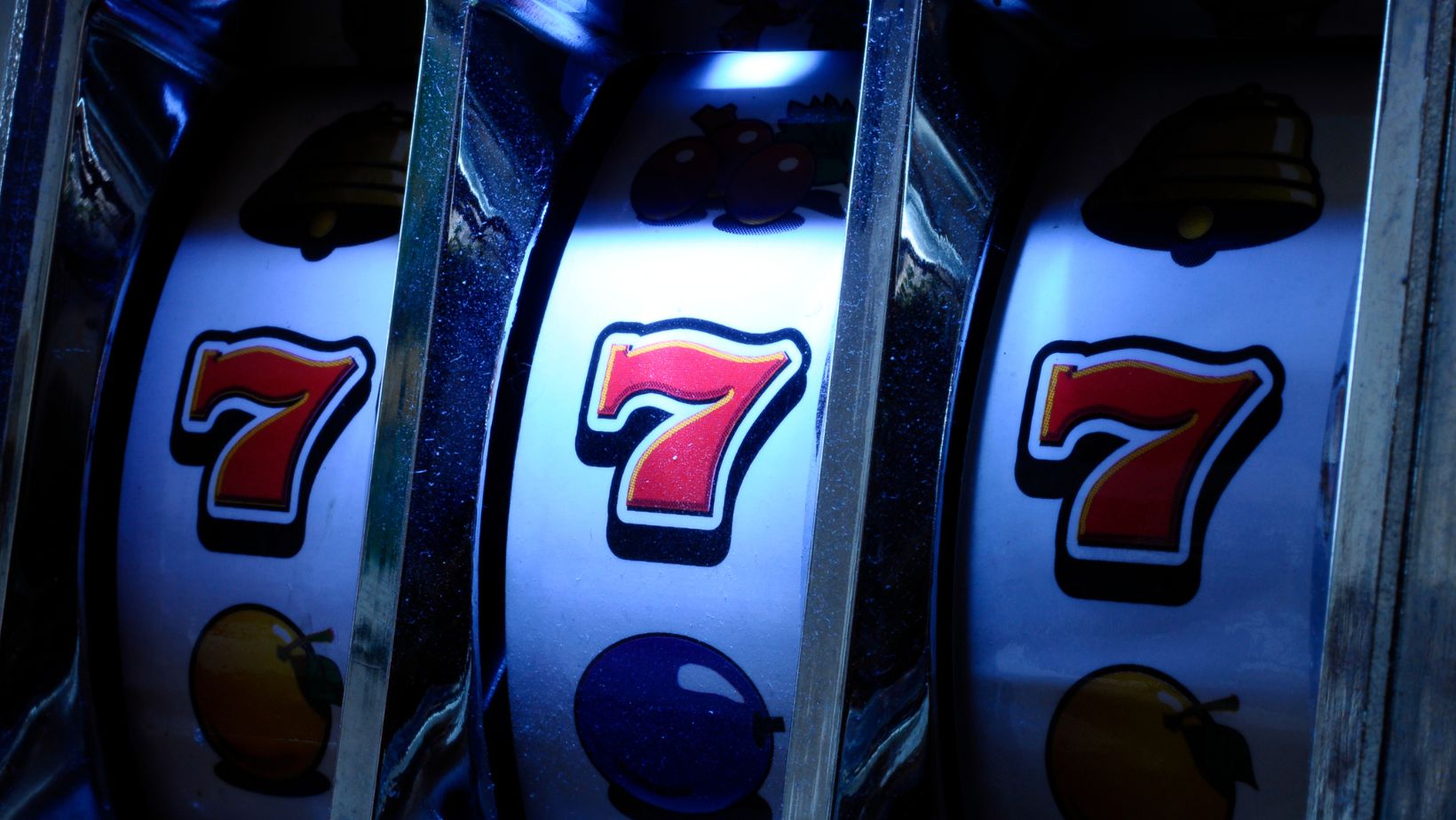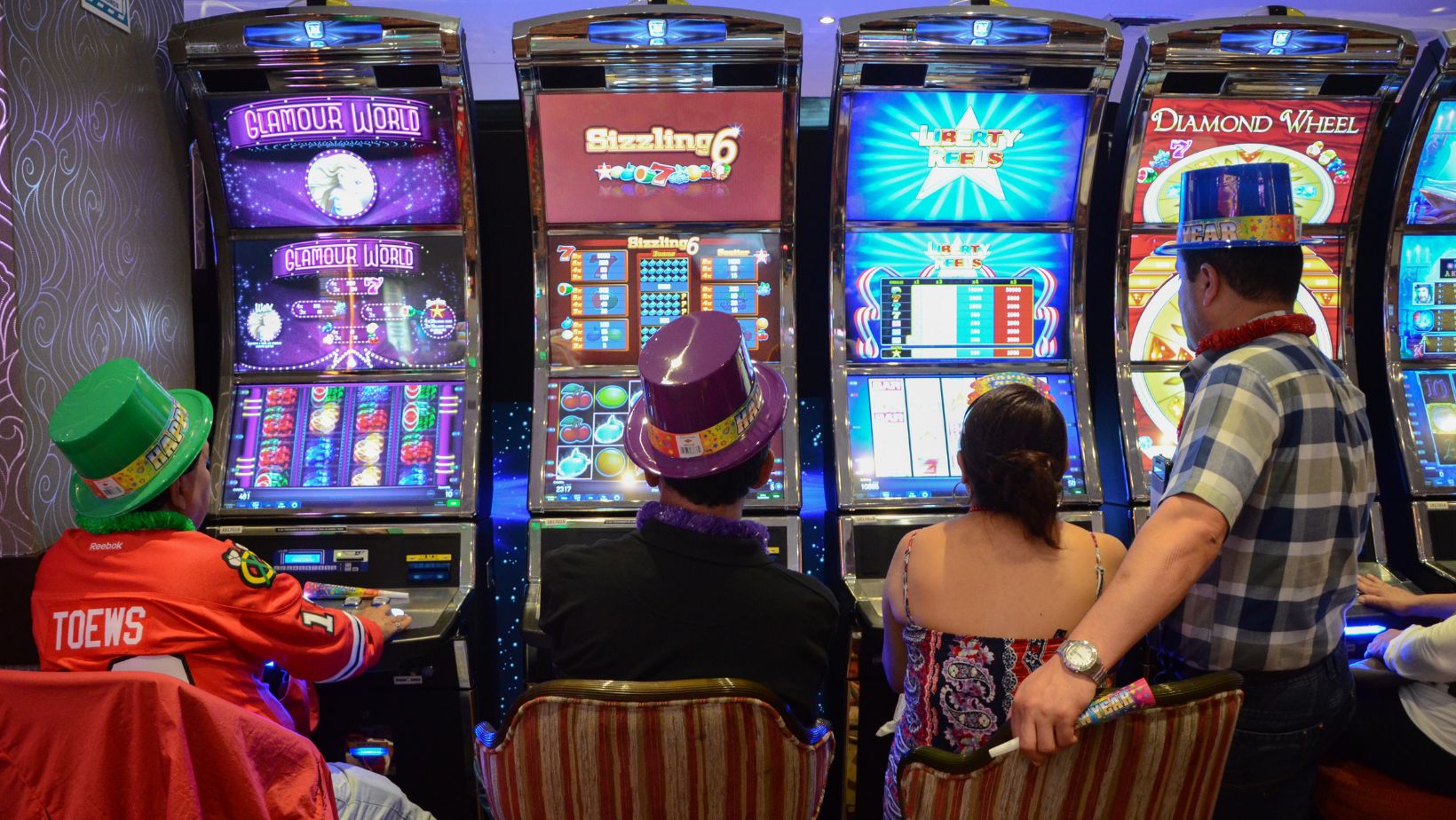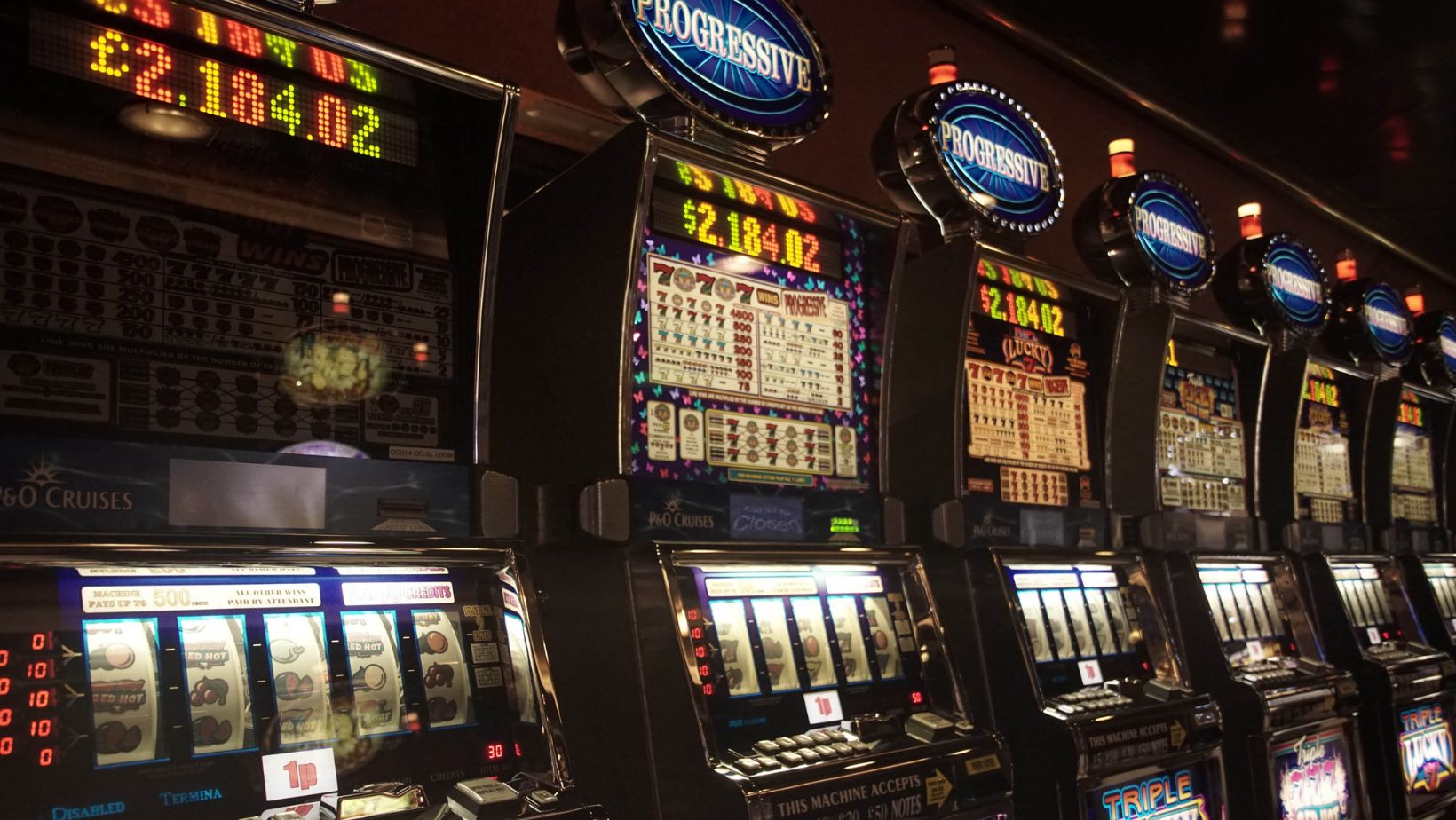
Slot machines are some of the most popular games in casinos, both online and land-based. When deciding which slot machine to play, one of the key factors players consider is the Return to Player (RTP) percentage. The RTP indicates how much of the money wagered on a slot is paid back to players over time. Slot machines with higher RTP percentages seem appealing because they suggest the game pays out more. However, the reality is more complicated. While higher RTP games generally pay out more over hundreds of thousands of spins, variance means results over a short session can differ dramatically.
How RTPs Work
An RTP of 96% does not mean the slot pays out 96 cents for every $1 wagered. Rather, it is the average payout rate over the lifetime of the game. This means that for every $100 wagered on the slot, on average, $96 is paid back to players as winnings on a platform, e.g., Crown Gold Casino. However, the actual payouts per 100 spins can vary widely above and below this rate. Over a long enough timeframe, though, the wins and losses should even out to roughly match the RTP. So, the RTP gives an indication of the potential for big wins. But due to variance, you could play a 96% RTP slot and walk away empty-handed after 100 spins. Or conversely, win a huge jackpot on a 92% RTP game.Role of Variance
The randomness in slot machines means payouts fluctuate wildly in the short run. A game may pay nothing out for hundreds of spins, then suddenly award a huge payout. Over time, as the number of spins increases, the payout rate should converge with the RTP. But variance means luck plays a major role, especially over shorter timeframes. Higher RTP slots pay out smaller and medium-sized wins more frequently. But they do not guarantee larger jackpots or payouts during a short session. In fact, a slot with a lower RTP could pay out much more over a few dozen spins. The key is the higher RTP delivers more consistent payouts over hundreds of thousands, if not millions, of spins.
Higher RTP slots pay out smaller and medium-sized wins more frequently. But they do not guarantee larger jackpots or payouts during a short session. In fact, a slot with a lower RTP could pay out much more over a few dozen spins. The key is the higher RTP delivers more consistent payouts over hundreds of thousands, if not millions, of spins.
| RTP | Win Frequency | Jackpot Potential | Long-Term Payouts |
| Lower (88-92%) | Less frequent small/medium wins | Just as likely as higher RTP games | Lower overall |
| Higher (96-99%) | More frequent small/medium wins | Similar likelihood as lower RTP games | Higher overall |
Game Volatility and Payout Potential
Another factor influencing payouts is the volatility of a slot machine. Volatility refers to how often and how large wins payouts are. Low volatility slots award smaller wins more often, while high volatility slots have fewer but larger payouts. Higher RTP slots tend to be lower in volatility. This matches the pattern of more frequent but smaller wins. So a 96% RTP slot will typically pay out small amounts like 5-20x your wager more regularly. While a lower 90% RTP high volatility slot might pay nothing for long stretches before suddenly awarding a huge 200-1000x payout. Neither volatility offers definitively better payouts than the other. Low volatility slots provide more excitement with frequent small hits. But high volatility games offer the potential for those elusive huge jackpot wins, albeit less often. Generally lower volatility games are better for bankroll management as the smaller but more regular payouts reduce risk.Does Higher RTP Increase Jackpots?
The RTP percentage gives an idea of a slot’s payout potential over hundreds of thousands, if not millions, of spins. But the size of the actual jackpots is not tied to RTP. A 92% RTP slot could still offer a million-dollar jackpot, the same as a 98% RTP game. The higher RTP game will just pay the smaller and medium wins a bit more regularly. So focusing solely on RTP when playing slots for their jackpot potential is not necessarily effective. The jackpots on a lower RTP game can still reach seven-figure sums. The key difference is the higher RTP game also pays out the smaller amounts more frequently.
Over a long enough timeframe, if you played two identical slot machines, one with 92% RTP and the other 96% RTP, the 96% game would pay out a higher total amount. Both games have equal chances of awarding their respective grand jackpots. But the additional 4% RTP on the second machine would be distributed through lower-paying winning combinations.
So focusing solely on RTP when playing slots for their jackpot potential is not necessarily effective. The jackpots on a lower RTP game can still reach seven-figure sums. The key difference is the higher RTP game also pays out the smaller amounts more frequently.
Over a long enough timeframe, if you played two identical slot machines, one with 92% RTP and the other 96% RTP, the 96% game would pay out a higher total amount. Both games have equal chances of awarding their respective grand jackpots. But the additional 4% RTP on the second machine would be distributed through lower-paying winning combinations.
Making the Most of Higher RTP Slots
Higher RTP slots pay out wins of all sizes more frequently over hundreds of thousands of spins. This makes them theoretically better games to play over time. However, it does not change the fundamentals of how these games work. Luck and variance still play leading roles, especially over shorter time periods. So to maximize your gameplay on higher RTP slot machines:-
- Manage your bankroll and play responsibly regardless of RTP percentage.
-
- Understand that wins occur randomly, so temper expectations even in 99% RTP games.
-
- Play for fun first, financial gain second – this reduces feelings of frustration when not winning.
-
- Take advantage of loyalty programs, bonuses and promotions to maximize gameplay time.
-
- Play demo modes first to understand variance and volatility before playing for real.



